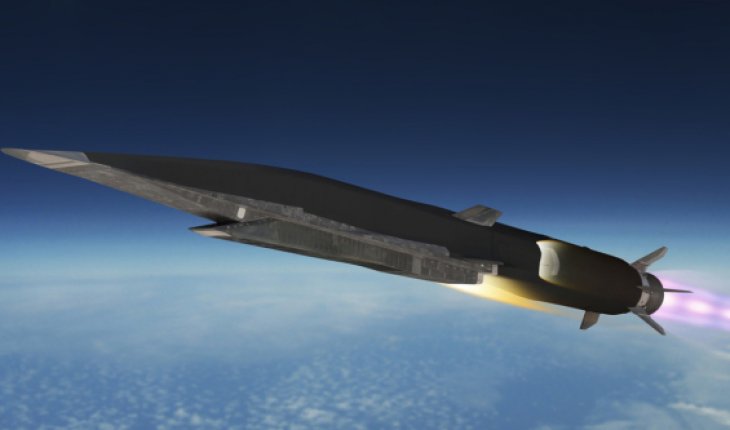
New Delhi. As part of Make in India in the defence sector, the Defence Research and Development (DRDO) has begun work on hypersonic weapon – missiles that travel at five times speed of sound, or a little over a mile every second. A wind tunnel to test and fine tune the technology will be operational soon, top sources said.
The Facility is to be inaugurated by Defence Minister Rajnath Singh and as an official said that “a hypersonic weapon system is one of the many niche technologies we are exploring seriously.”
Billed as a “next-gen” weapon system, the race to acquire hypersonic weapons technology is heating up. China, Russia, and the United States are testing hypersonic weapons of various types to enhance strategic nuclear deterrence and strengthen front-line combat units.
The existing intercontinental ballistic missile (ICBM) re-entry vehicles also travel at those superfast speeds, but the hypersonic glide vehicles now in development are far more manoeuvrable, making their tracking and interception nearly impossible.
Hypersonic weapons are specifically designed for increased survivability against modern ballistic missile defence systems. These missiles are capable of delivering conventional or nuclear payloads at speeds not imagined hitherto over long ranges.
In a bid to boost defence manufacturing in India, the DRDO is also offering 1,500 of its patents, including critical missile technology, life sciences, and naval technology, for use by Indian Industry, DRDO Chairman G Satish Reddy said.
The patents can be accessed free of cost even by start-ups and medium and small manufacturing enterprises.
Some of the patents offered for free include technologies to manufacture “man-mounted air-conditioning system”, aircraft arrester barrier system, a sliding mechanism for missile containers, lightweight high strength broadband microwave absorbing rubber, silicon-based lubricants for wide temperature range applications, low-density carbon foam, and anti-corrosive paint for application under immersed conditions, among others.
“DRDO is determined to encourage industry to develop advanced defence equipment thereby making the Make-In-India programme a success. We have today an 1,800-industry base, we are determined to enlarge this base and take the technological capability to a higher level,” Reddy said, explaining the reason behind offering patents at no cost.
Indian industry will not have to pay “license fee or royalty” for any of the patented technologies, said a senior DRDO official.
“Hypersonic weapons will become very critical in the near future. China has demonstrated that it has the technology. Others like US and Russia may already possess such weapons. It’s time that India also starts looking at these technologies,” Lieutenant General(retd) Vinod Bhatia, former Director General of Military Operations said.








